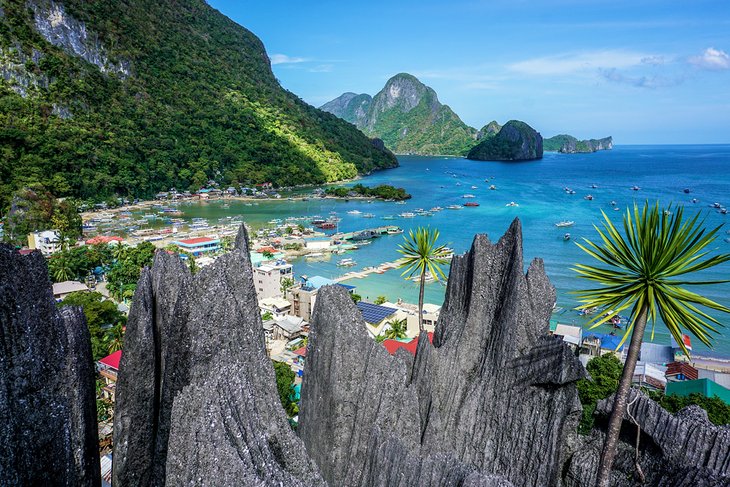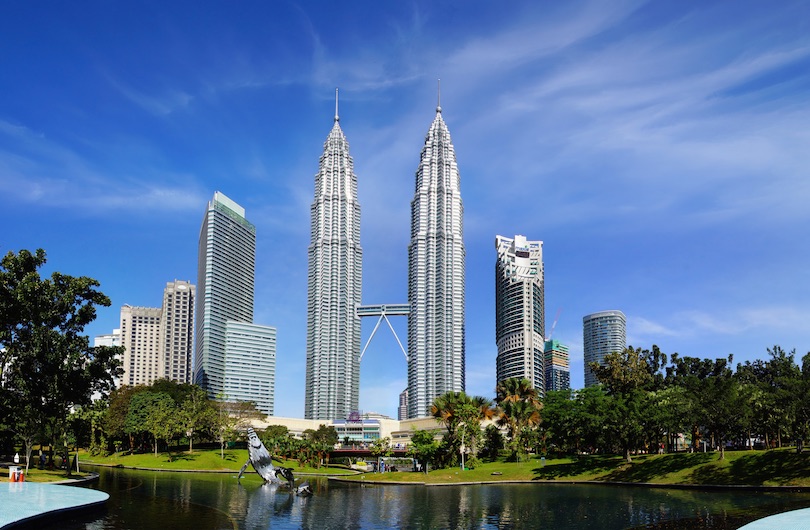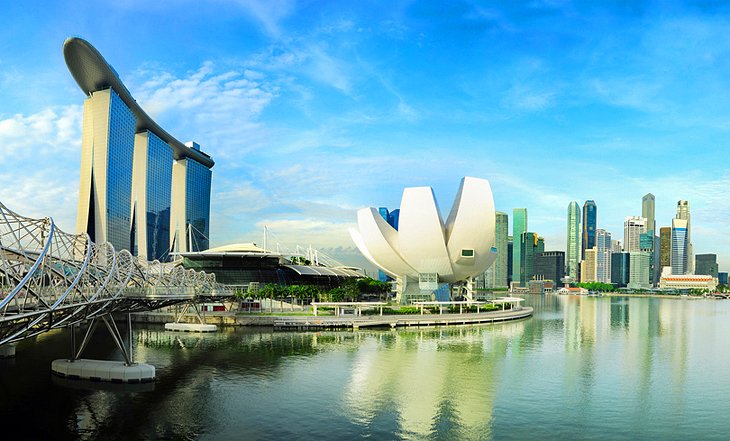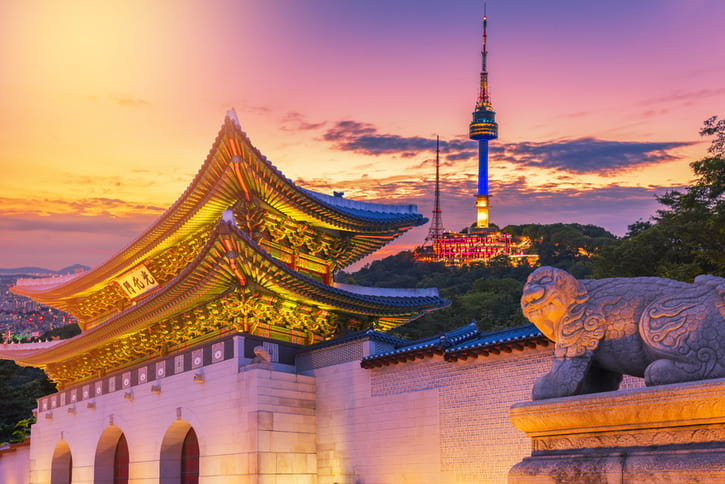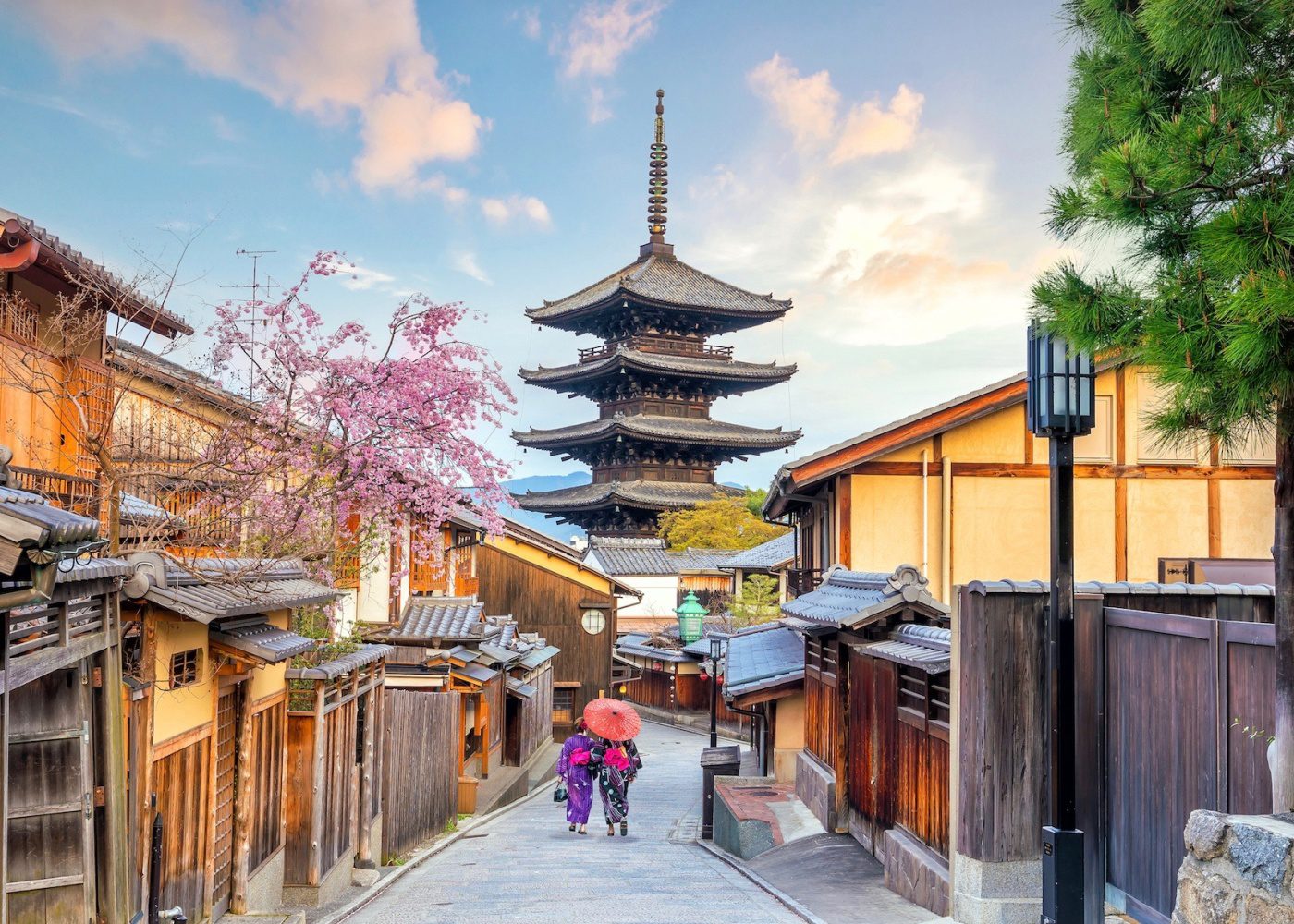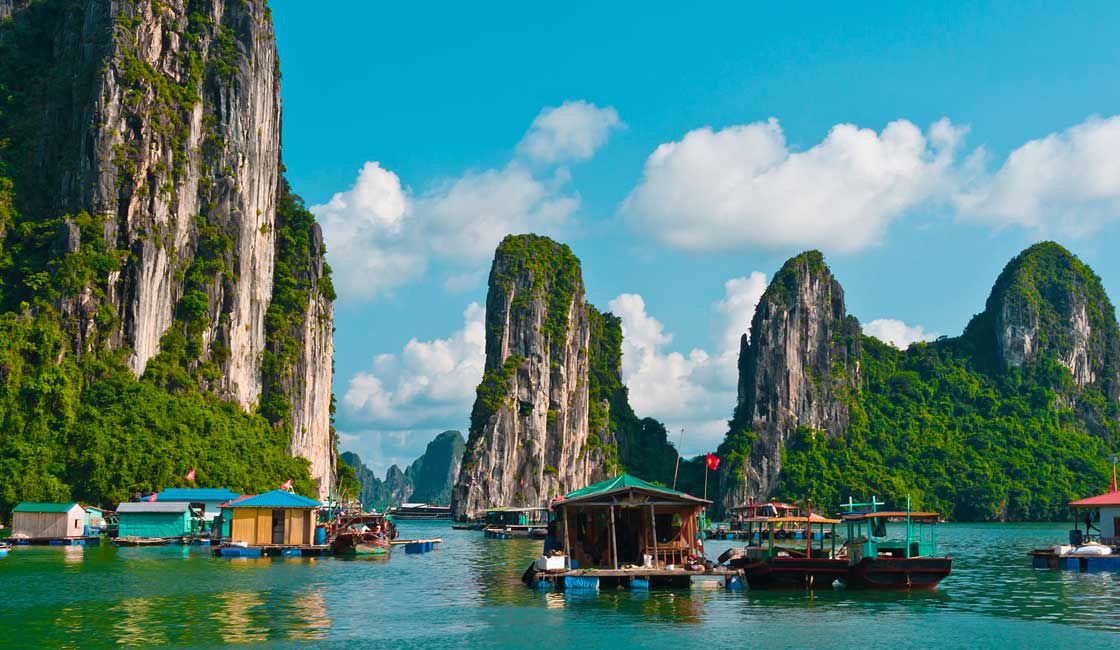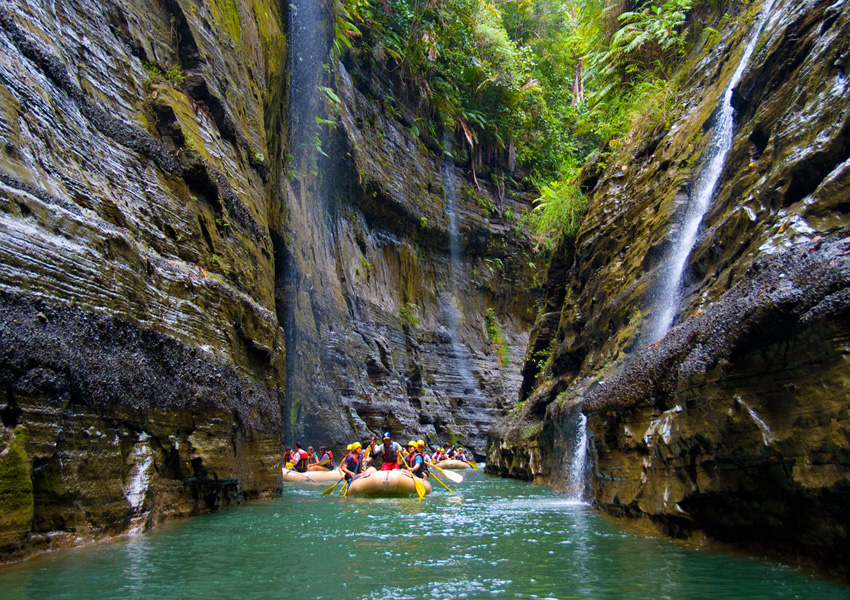
Fiji, a jewel nestled in the heart of the South Pacific, is more than just a destination; it’s an experience. This archipelago of over 300 islands, renowned for its pristine beaches, vibrant coral reefs, and the legendary warmth of its people, beckons travelers with an irresistible allure. From ancient cultural encounters to thrilling aquatic adventures, Fiji offers a tapestry of experiences that cater to every kind of explorer.
A Glimpse into Fiji’s Rich Tapestry: History and Culture
Fiji’s history is as captivating as its turquoise waters. Originally inhabited by Melanesian peoples thousands of years ago, the islands were later influenced by Polynesian migrations. European contact began in the 17th century, but it was in the 19th century that Fiji became a British Crown Colony. This colonial era left an indelible mark, introducing new agricultural practices and laying the groundwork for the tourism industry we see today.
Related Articles about Fiji: An Archipelago of Paradise – Unveiling its Best Tourist Attractions:
- Ethiopia: A Journey Through the Cradle of Civilization
- Poland: A Journey Through History, Culture, and Breathtaking Landscapes
- A Journey Through Paradise: Your Ultimate Travel Guide to the Philippines
- Qatar: A Jewel of the Arabian Peninsula – Your Ultimate Guide to Unforgettable Experiences
- Iceland: A Land of Fire and Ice, Adventure and Serenity
However, Fiji’s soul lies in its indigenous Fijian culture, deeply rooted in tradition and community. The concept of "Bula!" – a universal greeting signifying life, health, and happiness – encapsulates the spirit of the Fijian people. Ancient customs, such as the Kava ceremony (a traditional drink shared to foster unity and respect) and the vibrant Meke (traditional dance and song performances), offer profound insights into the islands’ heritage. Even today, many villages maintain traditional lifestyles, offering visitors a genuine connection to the islands’ past. The arrival of indentured laborers from India in the 19th century also contributed significantly to Fiji’s multicultural landscape, adding a rich layer of Indian influence to its cuisine and traditions.
The Crown Jewels: Fiji’s Main Tourist Attractions
Fiji’s allure lies in its diverse offerings, from underwater marvels to cultural immersions. Here are some of the best tourist attractions that define the Fijian experience:
1. The Mamanuca Islands: This iconic archipelago, a short boat ride from Nadi, is the postcard-perfect Fiji. Think powdery white sand beaches, crystal-clear lagoons, and swaying palm trees.
- Activities: Snorkeling and diving in vibrant coral gardens, surfing world-class breaks like Cloudbreak (for experienced surfers), kayaking, paddleboarding, island hopping, and simply basking in the sun.
- Highlights: Monuriki Island, famously featured in the Tom Hanks movie "Cast Away," offers a unique cinematic pilgrimage. The islands are also a popular spot for romantic getaways and honeymoons.
2. The Yasawa Islands: Extending north of the Mamanucas, the Yasawas offer a more secluded and rugged beauty. These islands are known for their dramatic volcanic landscapes, hidden caves, and pristine, less-crowded beaches.
- Activities: Exploring the Sawa-i-Lau Caves (also known as the Blue Lagoon Caves), snorkeling and diving in untouched reefs, visiting local villages to experience traditional life, and enjoying boat trips through breathtaking fjords.
- Highlights: The Sawa-i-Lau Caves are a must-visit, with their mystical underwater passages and the legend of the ancient Fijian gods. The islands offer a more authentic and less commercialized experience compared to some of the Mamanucas.
3. Denarau Island: Located on the western coast of Viti Levu, Fiji’s main island, Denarau is the hub of luxury resorts and a gateway to the outer islands. It offers a more developed tourist infrastructure with a wide range of amenities.
- Activities: Enjoying world-class resorts, playing golf on championship courses, dining at diverse restaurants, indulging in spa treatments, and taking ferry transfers to the Mamanuca and Yasawa Islands.
- Highlights: Denarau Marina is the main departure point for most island excursions, making it incredibly convenient. The island also boasts beautiful beachfronts and a lively atmosphere.
4. Nadi and its surroundings: Nadi is the main international gateway to Fiji and offers a glimpse into local life beyond the resorts.
- Attractions:
- Sri Siva Subramaniya Swami Temple: A vibrant and intricately decorated Hindu temple, offering a colorful cultural experience.
- Garden of the Sleeping Giant: A beautiful botanical garden showcasing a stunning collection of orchids and other tropical flora, established by the late actor Raymond Burr.
- Sabeto Hot Springs and Mud Pool: A rejuvenating natural spa experience where you can soak in mineral-rich hot springs and cover yourself in therapeutic mud.
- Local Markets: Immerse yourself in the bustling atmosphere of Nadi Town Market, where you can find local produce, handicrafts, and souvenirs.
5. Suva: The capital city of Fiji, located on the southeastern coast of Viti Levu, offers a more urban and cultural experience.
- Attractions:
- Fiji Museum: Discover the rich history and culture of Fiji, from ancient artifacts to colonial relics.
- Albert Park and Thurston Gardens: Explore lush botanical gardens and historic public spaces.
- Parliament House: A landmark of Fijian governance.
- Central Business District: Experience the vibrant pulse of Fijian city life, with its shops, restaurants, and local eateries.
6. The Coral Coast: Stretching along the southern coast of Viti Levu, this region is renowned for its stunning beaches, luxury resorts, and opportunities for cultural immersion.
- Activities: Visiting the Kula Eco Park (for native flora and fauna), exploring traditional Fijian villages, snorkeling and diving in protected marine reserves, and enjoying the laid-back atmosphere.
- Highlights: The Coral Coast offers a great balance of relaxation and adventure, with many resorts offering direct access to beautiful beaches and coral reefs.
7. Taveuni Island: The Garden Island: Known for its lush rainforests, waterfalls, and the iconic Bouma National Heritage Park, Taveuni is a haven for nature lovers.
- Activities: Hiking to the Tavoro Waterfalls, exploring the Bouma National Heritage Park, diving at the famous Rainbow Reef (known for its vibrant soft corals), and visiting the International Date Line.
- Highlights: The sheer natural beauty and abundance of waterfalls make Taveuni a unique and unforgettable destination.
8. Kadavu Island: A more remote and less developed island, Kadavu is a paradise for divers and eco-tourists.
- Activities: Diving the Great Astrolabe Reef (one of the largest barrier reefs in the world), snorkeling, birdwatching, and experiencing the tranquil, untouched beauty of the island.
- Highlights: Kadavu offers an unparalleled diving experience and a chance to truly disconnect and immerse yourself in nature.
Navigating Paradise: Travel Tips for Fiji
To make your Fijian adventure seamless and enjoyable, keep these travel tips in mind:
- Visa Requirements: Most nationalities receive a visa on arrival for tourist purposes. However, it’s always advisable to check the latest visa regulations with the Fijian Immigration Department or your local embassy.
- Currency: The currency is the Fijian Dollar (FJD). Credit cards are widely accepted in resorts and larger towns, but it’s good to carry some cash for local markets and smaller villages.
- Language: English is the official language and widely spoken in tourist areas. Fijian and Hindi are also spoken.
- Etiquette: Fijians are known for their hospitality. Dress modestly when visiting villages or religious sites (cover shoulders and knees). Always ask permission before taking photos of people. Remove your shoes before entering a Fijian home.
- Sun Protection: The Fijian sun is strong. Pack plenty of sunscreen, a hat, sunglasses, and lightweight, breathable clothing.
- Hydration: Drink plenty of water, especially in the tropical heat.
- Insect Repellent: Mosquitoes can be present, particularly in the evenings. Pack insect repellent.
- Travel Insurance: It’s always recommended to have comprehensive travel insurance to cover any unforeseen circumstances.
- Respect the Environment: Fiji’s natural beauty is its greatest asset. Be mindful of your impact, avoid littering, and respect marine life.
The Golden Window: Best Time to Visit Fiji
Fiji enjoys a tropical climate year-round, but there are distinct seasons to consider:
- Dry Season (May to October): This is generally considered the best time to visit Fiji. The weather is sunny and pleasant with lower humidity and less rainfall. This is ideal for outdoor activities like diving, snorkeling, hiking, and exploring.
- Wet Season (November to April): This period brings higher humidity and increased rainfall, often in the form of short, intense showers. While it’s still possible to enjoy Fiji, outdoor activities might be more affected. This season also coincides with the cyclone season, though direct hits are rare.
Shoulder Seasons (May and October): These months offer a good balance, with pleasant weather and fewer crowds than the peak dry season.
Finding Your Haven: Nearby Hotels and Accommodation
Fiji offers a wide spectrum of accommodation options to suit every budget and preference:
- Luxury Resorts: Denarau Island is a hub for world-class resorts offering unparalleled amenities, fine dining, and stunning beachfront access. Think The Westin Denarau Island Resort & Spa, Sofitel Fiji Resort & Spa, and Hilton Fiji Beach Resort & Spa.
- Boutique Resorts: Many outer islands, particularly in the Mamanucas and Yasawas, boast charming boutique resorts offering intimate settings and personalized service. Examples include Likuliku Lagoon Resort (for overwater bungalows) and Yasawa Island Resort & Spa.
- Family-Friendly Resorts: Resorts with kids’ clubs, water slides, and family-oriented activities are abundant, ensuring a fun-filled vacation for all ages.
- Budget-Friendly Options: Hostels, guesthouses, and smaller hotels are available in Nadi, Suva, and on some of the less developed islands, offering more affordable alternatives.
- Traditional Bure Accommodation: Experience authentic Fijian living by staying in a traditional bure (hut) in local villages, often arranged through homestay programs.
A Taste of Paradise: Local Food in Fiji
Fijian cuisine is a delicious fusion of Melanesian, Indian, and Pacific influences, with a strong emphasis on fresh, local ingredients.
- Seafood: Given its island nature, fresh seafood is a staple. Enjoy grilled fish, prawns, lobster, and tuna prepared in various delicious ways.
- Lovo: This traditional Fijian cooking method involves burying food (often fish, chicken, pork, and root vegetables) in a pit with hot stones and covering it with palm fronds to steam. The result is incredibly tender and flavorful.
- Kokoda: A Fijian ceviche, this dish features raw fish marinated in lime juice, coconut cream, onion, and chili. It’s a refreshing and zesty treat.
- Rourou: Taro leaves are a popular vegetable, often cooked with coconut milk to create a creamy and nutritious dish.
- Indian Curries: Due to the significant Indo-Fijian population, you’ll find excellent Indian curries, roti, and other flavorful dishes throughout Fiji.
- Tropical Fruits: Indulge in an abundance of fresh tropical fruits like mangoes, papayas, pineapples, bananas, and coconuts.
- Kava: While not a food, kava is an integral part of Fijian culture and a must-try experience. It’s a non-alcoholic, earthy-tasting drink made from the root of the kava plant, known for its relaxing properties.
Getting Around Fiji: Transportation Options
Navigating the Fijian archipelago is an adventure in itself:
- Air Travel: Fiji Airways (formerly Air Pacific) is the national carrier and offers domestic flights between the main islands, including to Nadi, Suva, Taveuni, and Kadavu. This is the fastest way to reach more remote destinations.
- Ferries and Catamarans: This is the most common and scenic way to travel between the Mamanuca and Yasawa Islands from Denarau Marina. Companies like South Sea Cruises operate regular services.
- Water Taxis and Speedboats: For shorter transfers or more private journeys between islands, water taxis and speedboats are available.
- Rental Cars: Rental cars are available in Nadi and Suva for exploring Viti Levu at your own pace. However, driving on smaller islands is not practical or necessary.
- Buses and Taxis: On Viti Levu, local buses are an affordable way to travel between towns. Taxis are readily available in urban areas and tourist hubs. Negotiate fares beforehand for taxis.
- Private Transfers: For a more convenient and personalized experience, private car transfers can be arranged to and from airports and hotels.
Fiji is a destination that truly captures the essence of paradise. From the vibrant underwater world to the rich cultural heritage, this South Pacific gem offers an unforgettable journey. By understanding its history, exploring its captivating attractions, and preparing with the right travel tips, your Fijian adventure promises to be a dream realized. So, pack your bags, embrace the "Bula!" spirit, and get ready to discover the magic of Fiji.



